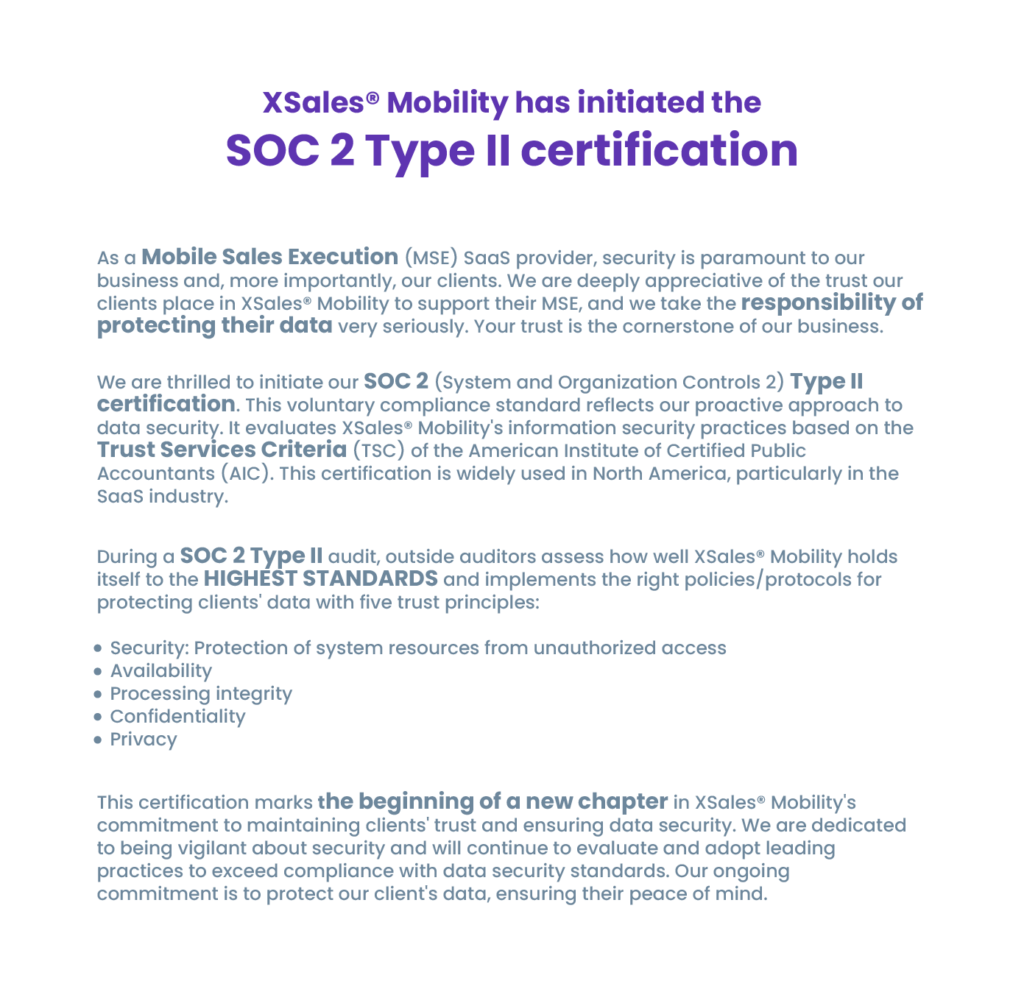In the CPG industry, Sales and Distribution have remained very traditional in terms of structure, stages, and players. For manufacturers and major suppliers, working with wholesalers was basically the only way to present their products to customers.
These intermediaries provided the labor, infrastructure, and retail space that manufacturers could not handle on their own. However, with the rise of the internet and the use of web platforms, the sales and distribution business model has been evolving. Processes, stages, roles, and participants are increasingly simplified with the large number of online tools that facilitate the entire flow. It is in this way that distributors and wholesalers now face new competition: manufacturers or suppliers who decide to sell directly to their final customers.
The fact that manufacturers or suppliers can connect directly with the people who want their products is an advantage that impacts both ends of the chain:
Benefits for the SUPPLIER
- Lower investment and outsourced distribution expenses.
- Greater exposure and reach
- Implementation of additional sales channel (B2C)
- Expansion of the installed customer base – increased sales
- Losses are avoided in cases where sales representatives cannot visit the customers (i.e. COVID 19)
- The market for specialized products that would not be profitable for wholesalers to store is expanding.
Benefits for the END-CUSTOMER
- Makes purchases more accurate when requiring something specific.
- Self-taught and direct purchase management from a web page or mobile application.
- Visibility of multiple vendors with their product offerings.
- Immediate availability of the order life cycle.
- Lower prices than the regular ones with the entire sales chain.
However, despite all these benefits, the figure of the distributor or wholesaler has not yet completely disappeared because it continues to offer some significant advantages:
- One-stop shopping, like department stores, is more convenient for customers than shopping from multiple websites.
- By having a smooth operation, distributors can handle better delivery times and higher order volumes.
- Customers can shop online and pick up or return in stores. Even buy directly in the store when it is their preference. Which is not viable buying directly from the factory.
The truth of these two realities is that in the world of sales, there is a clear interest in shortening the customer’s journey and reducing the number of intermediaries, and that interest became a necessity in times of greatest restriction of the pandemic when face-to-face selling was not an option.
Even in the current post-COVID 19 context, the preference for buying online vs. store or traditional shopping is still a trend, a trend that does not seem to be diminishing.
At a technological level, the COVID changed the way businesses and consumption patterns are managed and in response to this, at XSales® we developed a solution that allows the supplier to connect directly to the final customer. The interesting thing about the tool is that it allows businesses to launch their digital strategy quickly, without complex developments or market analysis.
XSales® Consumer is a free mobile application available for download on Android and iOS, which allows the end customer to buy directly from suppliers with a subscription to their database, with which they access the entire catalog, prices, and promotions available.
Suppliers on their side, can establish purchase rules with minimum order quantities, delivery dates by routes and expand their installed base of customers through access to new channels and distribution areas.
By solving those points where distributors still have the advantage (product catalog, delivery management, and return policy), suppliers can scale their businesses without the need for intermediaries and customers can access the usual products, with a significant difference in prices. It’s a win-win!
Visit the XSales® Consumer website and learn how this solution can be the fastest and easiest way for your business to grow through an m-commerce strategy.




